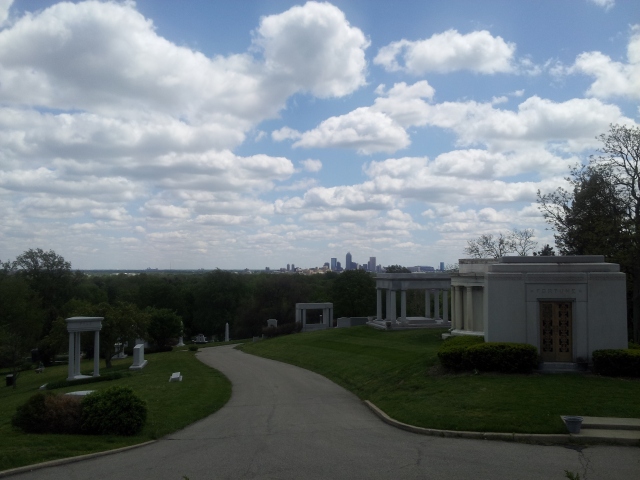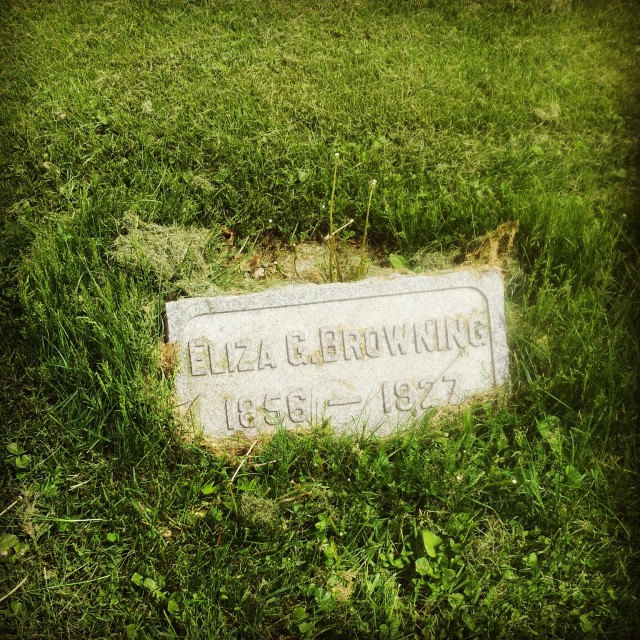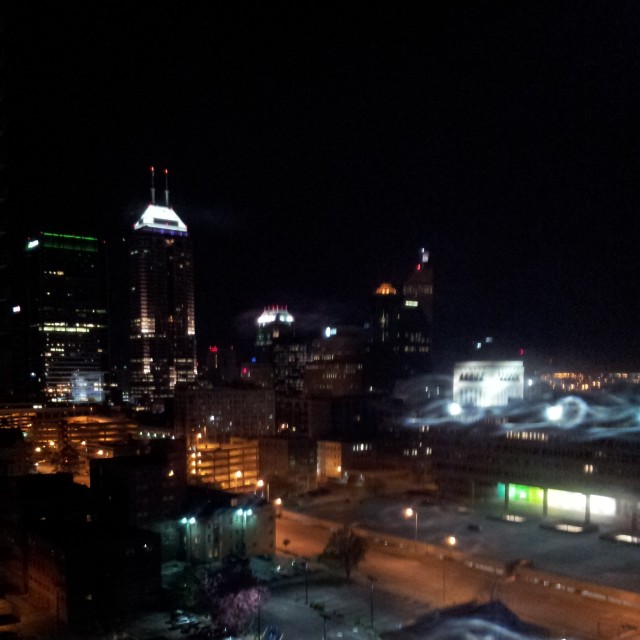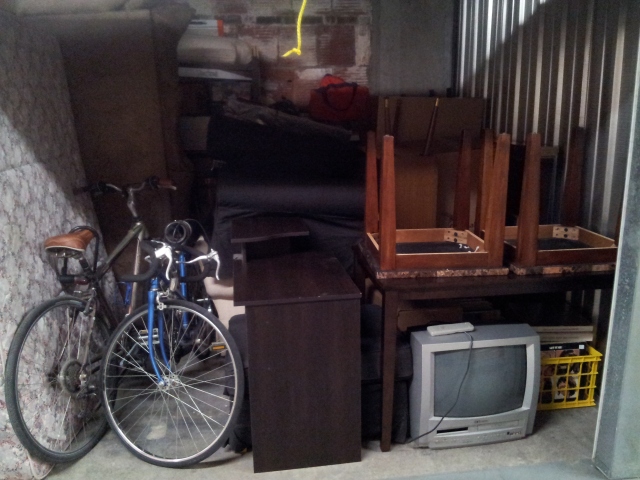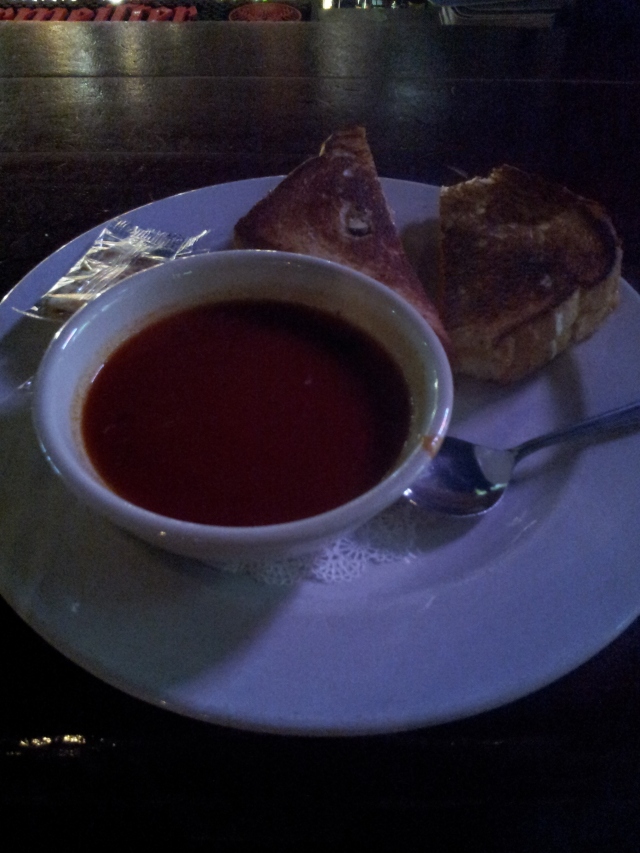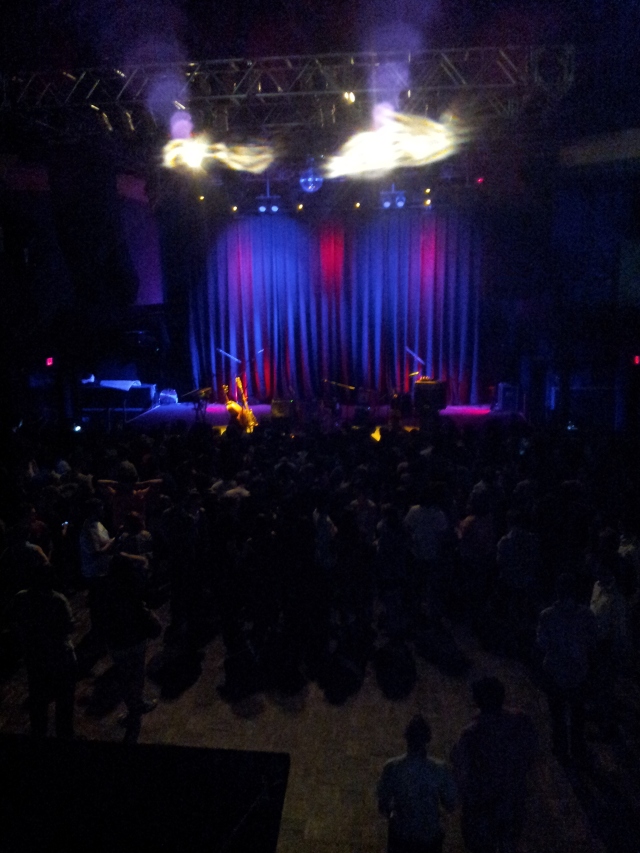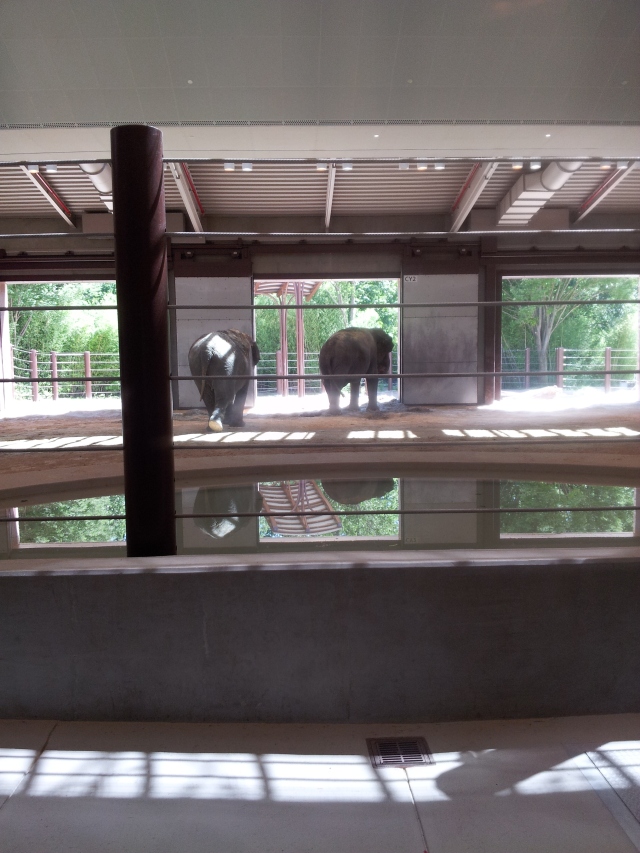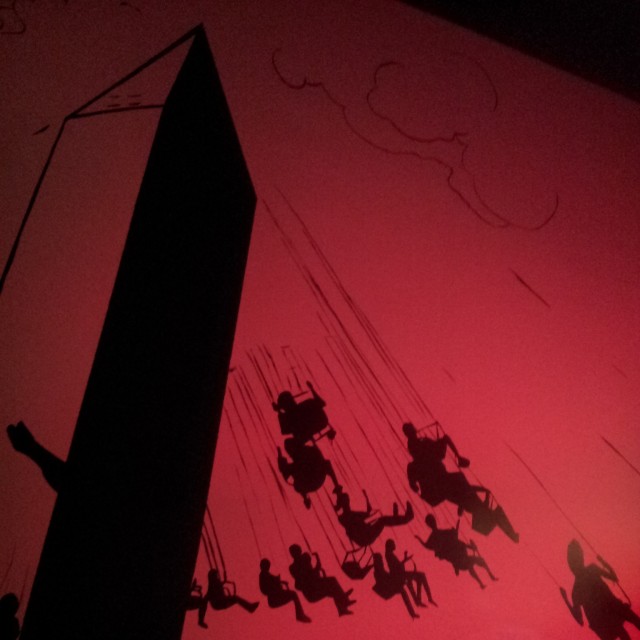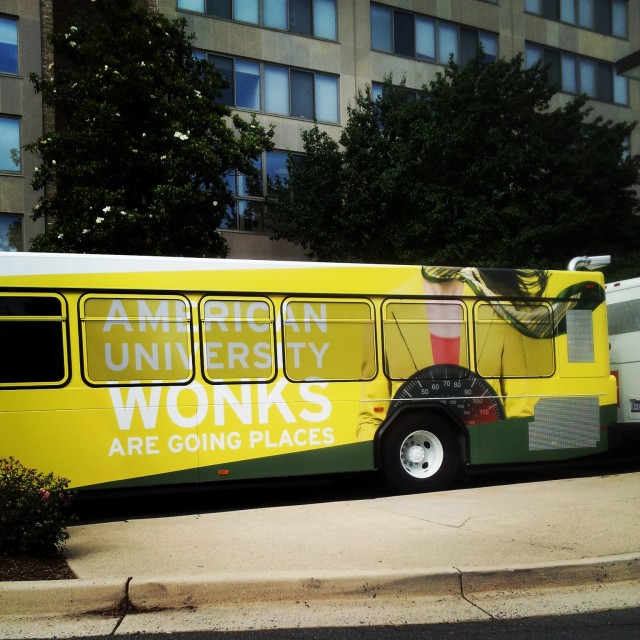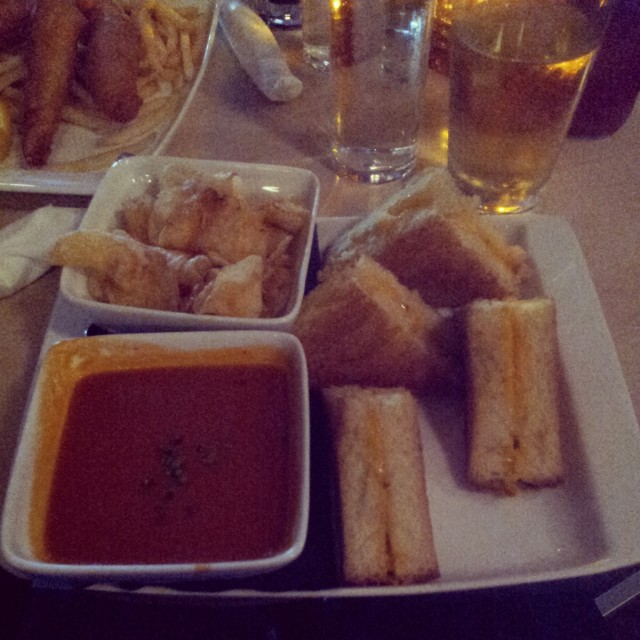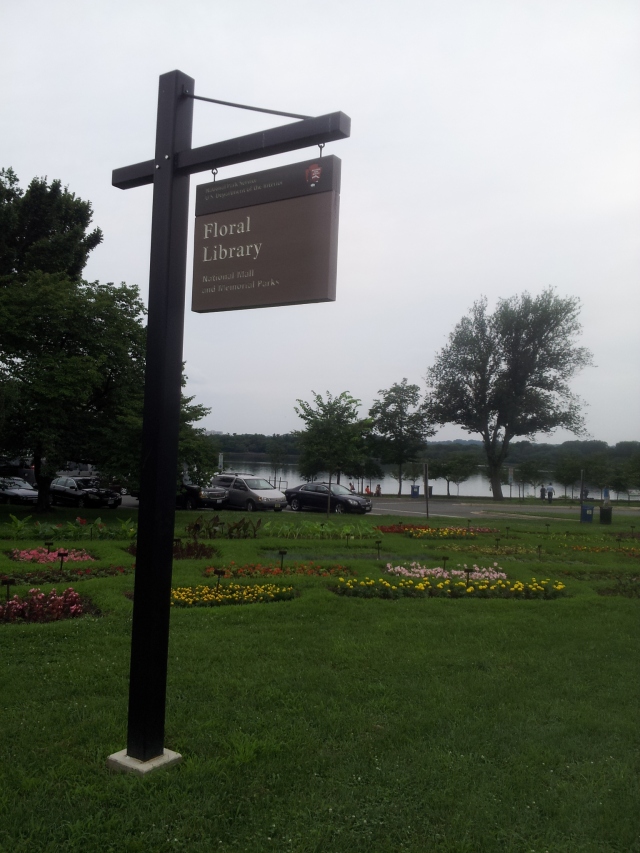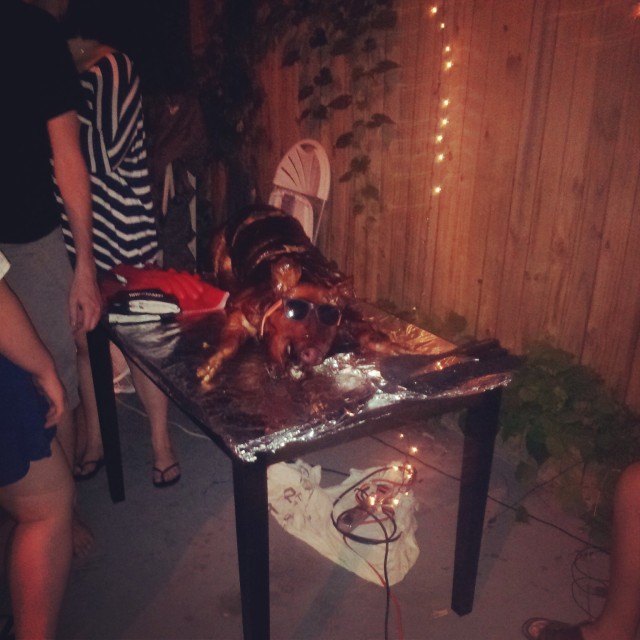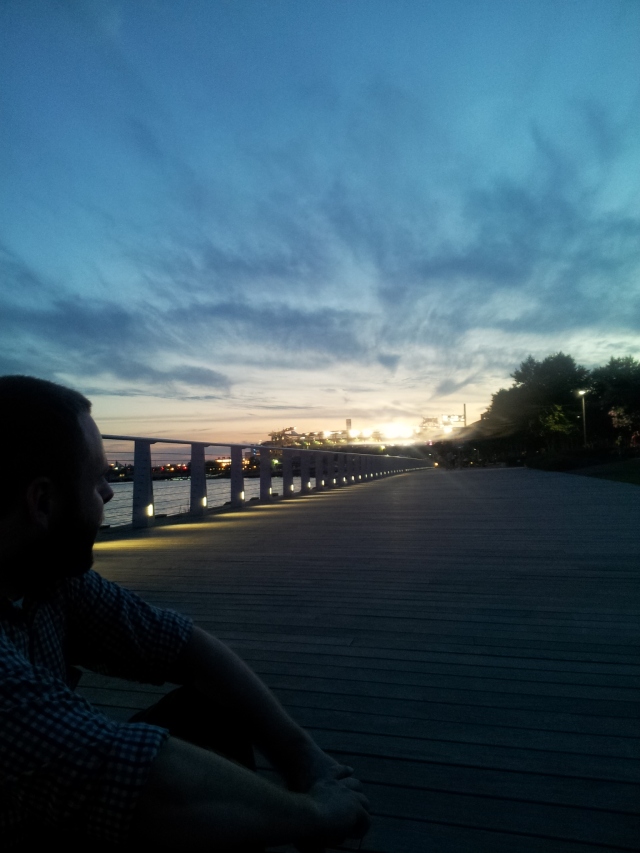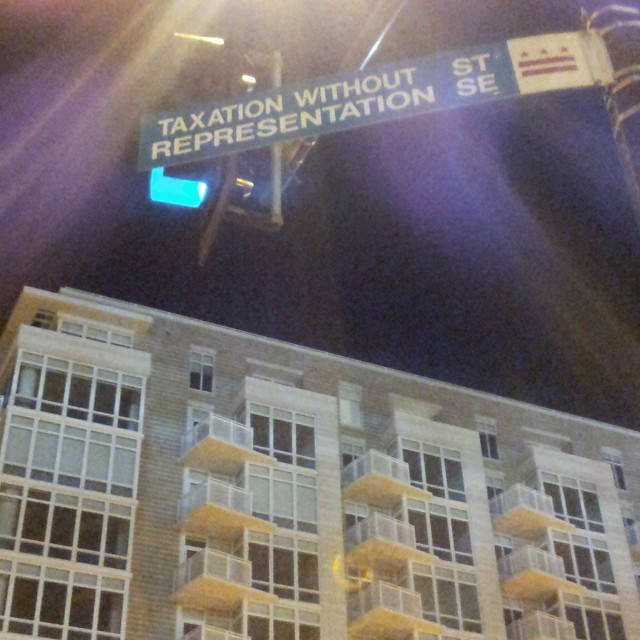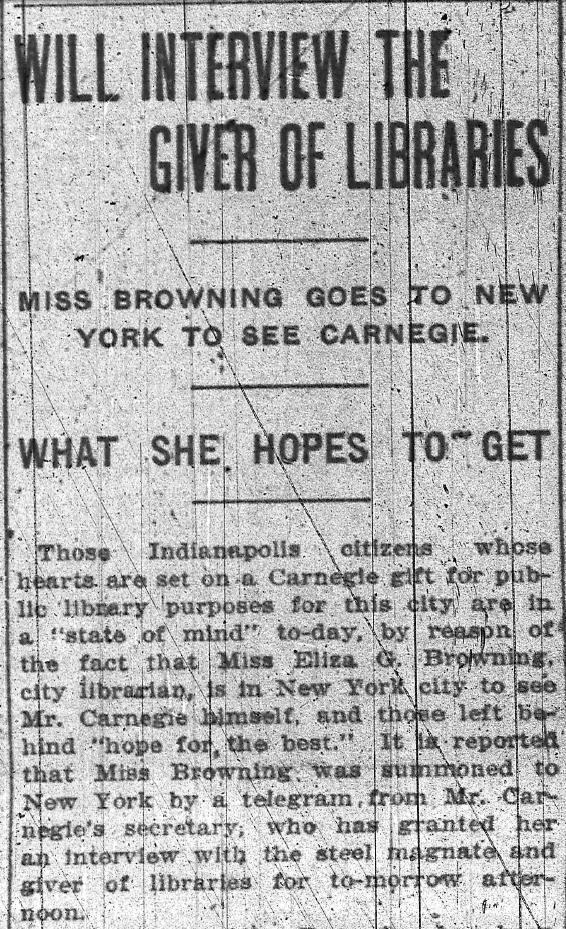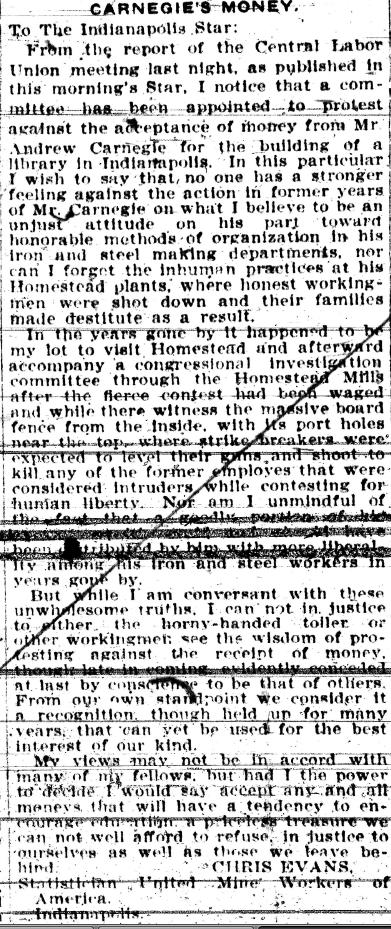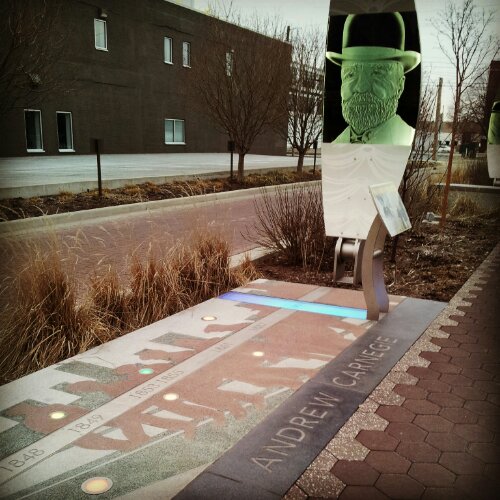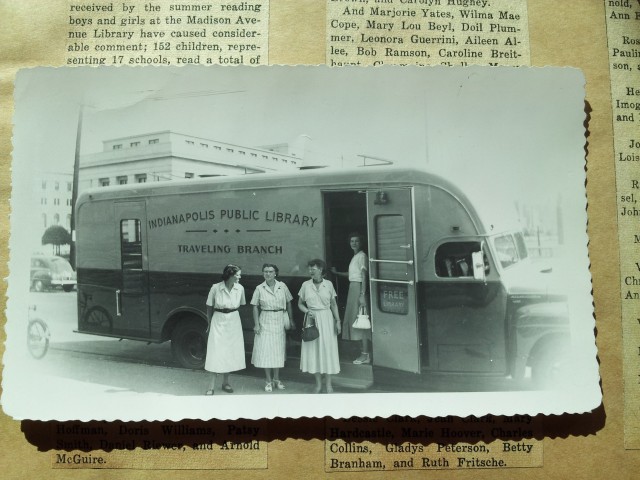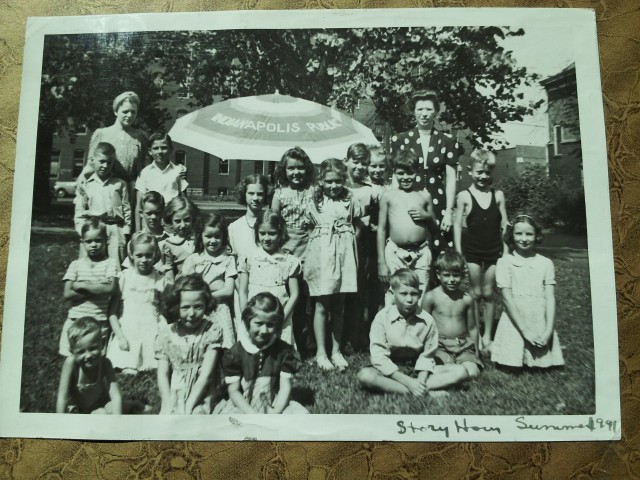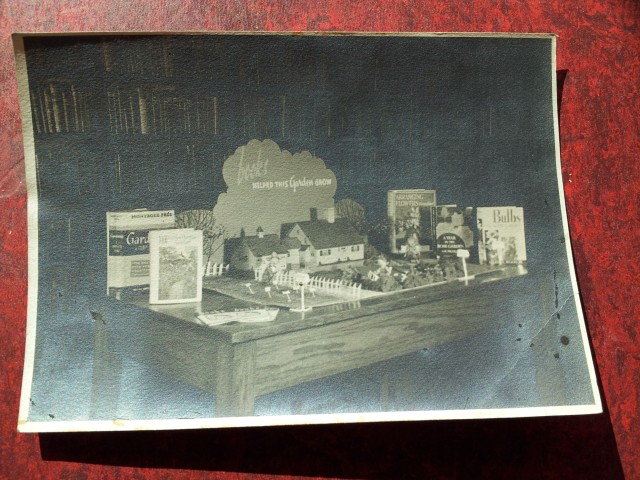A few weeks have passed since the first meeting of the Society of American Archivists‘ new Committee on Public Awareness (COPA), of which I am a member. It has taken this time for me to fully process the experience of my first meeting in an appointed position, and to wait for the dust to settle after the group, charged with a pretty weighty task, tackled a number of pressing issues and took our first steps as a group. Now that a summary of our meeting is available to SAA Members as an item for the SAA Council to review at their upcoming meeting during #SAA14, and in anticipation of the annual meeting next week, I figured that it was about time for me to share my thoughts on the committee and our work thus far.
The full description of COPA can be found here but, in short, we are tasked with identifying key audiences that SAA should target its advocacy efforts toward, and to help the SAA Council shape the form, content, and messages presented in those efforts. While there is some overlap with the established Committee on Advocacy and Public Policy (CAPP), they focus specifically on opportunities for SAA to shape public policy (legislation) that affects archivists and our profession, institutions, and stakeholders. COPA’s brand of “advocacy” focuses on how we, as individuals and through our professional society, can promote awareness of archivists, archival work, and archives to various audiences.
The Committee on Public Awareness is a direct product of SAA’s Strategic Plan for 2014-2018, which places advocacy and raising public awareness as priority No. 1.
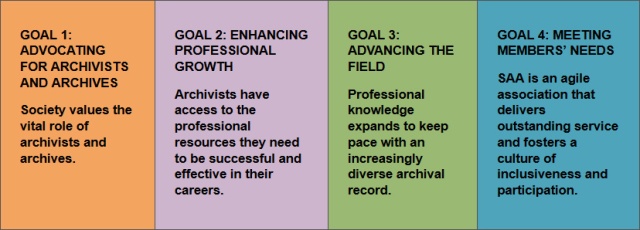
The Strategic Plan outlines four ways in which SAA will work to reach this goal–three of which relate directly to the work that COPA has been asked to complete:
1.1. Provide leadership in promoting the value of archives and archivists to institutions, communities, and society.
1.2. Educate and influence decision makers about the importance of archives and archivists.
1.4. Strengthen the ability of those who manage and use archival material to articulate the value of archives.
Prior to the meeting, the SAA Council generated a list of possible activities that COPA could pursue to help reach these strategic goals. The list included:
- craft compelling messages aimed at key audiences,
- compile and distribute stories that demonstrate the value of archives,
- develop an array of practical resources to help individual archivists promote awareness in their communities,
- and many more.
But the most important take-away stressed to the eight committee members* as we reviewed COPA’s purpose and possible plans of action was to BE CREATIVE. From the brief introductions we had had up to that point, it was clear that the room was full of archivists who had expressed a desire to do just that when responding to Kathleen Roe’s call for volunteers.
No ice-breaker was necessary after a torrential downpour on the walk to the meeting led to a room full of soaked and therefore partially-undressed archivists (read: most of us spent the morning sans socks and shoes).
With the formalities of introductions thrown completely out of the window, we were ready to get to work.
I entered into this committee appointment fully expecting that the process of developing awareness resources, messages, and/or campaigns would be lengthier than I could imagine, with some very difficult and even unpleasant parts, but I have to admit that I wasn’t expecting the intense groundwork that would have to be laid before we could proceed with any actual planning–groundwork that required us to face head-on some of the most difficult questions about the work that we do and the issues that we all encounter as members of a profession with a surprisingly low level of public visibility.
To help the committee members through this process, SAA brought in a communications counselor with years of experience in helping clients to develop communications and marketing strategies. The Society of American Archivists has worked with her for years, and she facilitated the creation of SAA’s current Strategic Plan and the “I Found It in the Archives!” contest. She posed the question,
“What does success in public awareness work look like?,”
and promptly let us know that while we do a (relatively) good job at communicating to each other about the work that we do, the roles we play professionally, and even a bit about the value of archives and archivists, we are terrible at effectively communicating this to outsiders. My hackles went up for a moment, but the truth was undeniable. After all, archivists’ and SAA’s previous lack of success in marketing (yes, marketing) ourselves to the public was the reason that COPA was formed in the first place. The good news is that we DO belong to an inherently interesting and important profession (and that’s not just something we tell ourselves as we work through grad school or the tedious parts of daily archives work, all while facing poor employment prospects and practices).
After our facilitator successfully hyped us back up on the importance of our profession, we set to the task of identifying two key audiences that we wanted to focus our efforts on first. If given the opportunity, we could have generated an insurmountable list of potential audiences that we would like to reach (and we were halfway there after ten minutes), but there were two audiences that clearly held the most favor among the group: SAA Members and the monolithic “Public.” While the second target audience may seem overwhelmingly vague, we recognized that raising public awareness was, after all, the ultimate purpose of our committee and that a broad focus on the general public was not as paralyzing of a task as it may seem. In fact, some interesting suggestions for ways that SAA and individual archivists could reach both audiences were thrown out in the process of generating the list.
Once we had our two priority audiences identified, we spent some time talking about some of SAA’s current vehicles for archival awareness: the Society’s website, American Archives Month, and the I Found It in the Archives! contest. I’m not going to go into more detail here about these conversations (more information is available in the summary of our meeting provided to the SAA Council) but welcome any and all thoughts and suggestions regarding these public awareness vehicles in the comments below. Your thoughts will not fall on deaf ears–COPA is eager for feedback and ideas from the SAA membership and those interested in archival advocacy.
Day One ended with a bit of exploration into the realm of message-crafting (I swear I just felt the collective shudder of everyone who has ever been involved in the writing of mission statements or vision and strategic plans). I can’t speak for the other members of the committee, but one of the last (of many) questions posed by our facilitator stuck with me overnight:
“If there can only be one thing, what do you want
your audience to remember?”
…or so I thought. Turns out that drafting an initial action plan that ten people felt confident in and stood behind would not be possible until the question of message had been addressed more fully. Even though the message- and slogan-crafting was a part of the committee’s work that I would have put in the “unpleasant” category mentioned earlier, we felt that moving on to the planning stage without at least a rough message was not possible–it felt like doing things backwards.
So far, none of this committee work may have seemed like the “intense groundwork” that I claimed we laid, but it was in the process of message-crafting that we really got into some of the issues that many of us come up against at some point in our careers–issues that are both a product of and contribute to our inability to successfully convey to the public who we are, what we do, and why it is important. You’d think an answer to the question,
“What is an archivist?”
would come easily to a room full of professional archivists with a dizzying number of combined, and very diverse, years of experience (of which I can claim approx. 3). The Catch-22 in this is that the diversity of our pathways into, and our experiences within the profession lead to difficulty and even some tension when trying to answer this question as a group. Unfortunately, developing an answer to this question that accurately represents SAA’s diverse membership is one of our primary goals, not to mention a key to the success of any actions that we may take.
After we each made some attempts at responding to “What is an archivist?”, with varying degrees of success, the conversation naturally turned to personal experiences of responding to this question in real life. Whether we answered the question as posed by family members, friends, acquaintances, curious strangers, or EVEN COWORKERS (shout out to the lone arranger, fish-out-of-water archivists of the world!), there is one response that the members of COPA always anticipate, and almost always get in return. Emily Chicorli, “The Ardent Archivist,” recently explained this phenomena, and I’m going to defer to her on this:
“I used to moan, out loud, whenever my mom bragged about me going to grad school to a family member or a stranger because as soon as they asked me what I was studying, and I’d say archives, their smiles of adoration faded into frowns and their eyes glazed over (I don’t think my family truly understands it, even at this point).”
Well Emily, I am sad to say that you are not alone. And even sadder to say that it is partially our fault, as a profession, that this is the typical response. The general public just does not know much about what we do or why we do it, and they usually do not have a sense that it is exciting or important in any way. In lieu of discussing the reasons for this lack of public understanding in this blog post, I will instead point you to Rand Jimerson’s Archives Power. In this book, Jimerson presents a very thorough account of the history and development of our profession with a focus on both the potential and actual roles/importance of archives and archivists in/to society. He offers up a number of advocacy-related thoughts and suggestions for archivists today, and I highly suggest getting yourself a copy!
But back to the topic at hand…
“What is an archivist?”
After receiving this response dozens of times when telling somebody that I am an archivist (usually accompanied by some combination of the “glazed eyes” that Emily mentioned, and/or disinterested, confused, embarrassed looks–take your pick), I have to admit that I have come to anticipate that the person I am talking to will not know what an archivist is, or have a vague idea at best. As a result, I’ve taken to telling people what I do who I am in an almost apologetic way (picture: sheepish expression; shrugged shoulders thrown in for good measure, etc.). I’ve adopted this approach to be sure that I won’t make the person I am talking to feel uninformed or unintelligent (and therefore uncomfortable) in any way, which has been the result on more than one occasion when I responded more naturally.
This approach sounds so ridiculous now that I am typing it out, but I was not the only person at the meeting who expressed a similar desire to adopt this defeatist/apologetic attitude. (And of course this is not universal; I’m positive that there are many archivists out there who approach this conversation completely different; I used to be one of them. Over time, as a result of a handful of awkward conversations and some disheartening responses to what I feel should be a great conversation starter, I made the decision to temper my expectations when talking about my profession with non-archivists.)
COPA’s chair, Peter Gottlieb, brought us to an “ah-ha!” moment by breaking down these interactions and taking them a step further. He prompted the group to fill in our usual responses for “Archivist”:
Rando: What do you do?
Archivist: (with an individual flavor of defeatist attitude) I’m an archivist.
Rando: What is an archivist?
Archivist: [insert generic response to the question – we all have our go-to elevator speech]
Rando: Oh, really?! That sounds very interesting!
Archivist: (suddenly excited) It is! Let me tell you…
And that’s where Peter turned the conversation on its head, because it’s true: we live for this kind of response. We don’t get it as often as we’d like, and we hardly ever expect it (depending on our audience), but this is an ideal path for the conversation to take–but WE didn’t take it there. In this scenario, “Archivist” is feeding off of the enthusiasm of the audience. Instead, we should be communicating enthusiasm to our audience(s) from the start.
While we still did not have a concise draft message aimed at introducing the general public to archivists and archives, this revelation did bring me to an important realization: the message is secondary to the delivery. Considering how varied the SAA membership truly is–comprised of professionals who are engaged in a dizzying variety of tasks, drawing on a multitude of different skills in every setting imaginable–it would be unrealistic to think that all SAA members will feel that our proposed message represents them 100%. I would like to think that everybody will be able to identify with at least some part of the message that may accompany SAA’s advocacy efforts in the near future but, failing that, I am confident that any advocacy vehicle(s) that come out of COPA’s work will inspire the enthusiasm that is key to successfully advocating for archives.
The work of the Committee on Public Awareness is just beginning, but I think that our first meeting has given us a very solid foundation to move forward from over the next year. At this stage, we are all working to generate ideas and get conversations started about archival advocacy. The success of any campaign, tools, messages, etc. that we may produce will rely heavily on input and support from SAA members and archivists at large. I strongly encourage anybody who has made it this far through my lengthy summary of our meeting to share your thoughts on our work, along with any and all ideas that you may have about how SAA can support archival advocacy on national, local, and individual levels. Please feel free to do so in the comments below, reach out on Twitter or, better yet, keep an eye out for COPA members at the annual meeting next week and let’s talk archival advocacy in person!
***This summary of COPA’s first meeting was completely filtered through my lens, and focused on the points that I got the most excited about. For a more complete account of the meeting, please check out the summary that Peter Gottlieb, Chair, produced for SAA Council’s upcoming meeting. It does include a draft message that the group developed, along with some preliminary ideas for advocacy vehicles, for Council to review.***
*COPA Roster:
Peter Gottlieb, Chair
David Carmichael, Atlanta Housing Authority
Scott Grimwood, SSM Health Care Corporate Archives
Shaun Hayes, American Heritage Center, University of Wyomying
Bergis Jules, University of California, Riverside (@BergisJules)
Erin Lawrimore, University of North Carolina at Greensboro (@barkivist)
Sami Norling, Indianapolis Museum of Art (@SamiNorling)
Jill Severn, University of Georgia (@jsevern)
**Also in attendance and facilitated the meeting:
Nancy Beaumont, SAA Executive Director (@SAA_Nancy)
Teresa Brinati, SAA Director of Publishing


